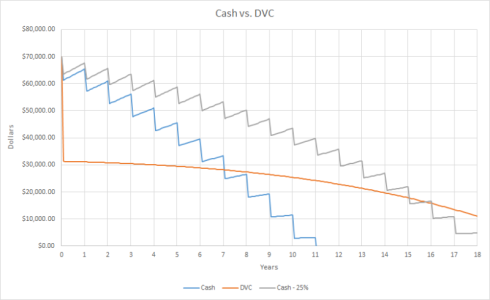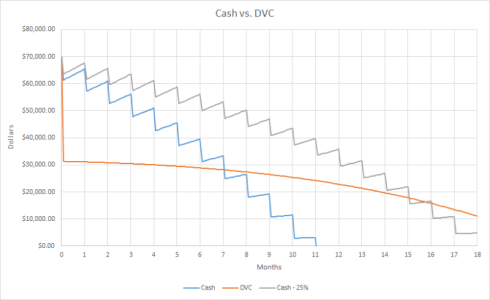eileenkeeney
Whatever
- Joined
- Jan 19, 2001
We found the lazy river to be warm enough. The kids said it was warmer than the Ocean. I found both to be quite comfortable. The hot tub area that overlooks the Ocean seemed cold for a hot tub.Just an FYI for those who may be travelling to Aulani in near future.
We are just back from a family trip in early Dec. Our family has been to Aulani many times now and we love the lazy river, particularly my wife who has some mobility issues and loves to float and walk the river. The river for this trip was abnormally cold. Like very cold to the point that my wife couldn’t get in (along with many other guests). My sons and I are used to swimming in cool water and we also found it uncomfortably cold and only went for a couple of quick laps.
I raised issue with guest services who said they have been getting complaints but that the river is set for 82 degrees and that is what it should be. I indicated it was no where near that temperature and asked they they check things out. They said they would advise recreation and get back to me, They never did. I did ask a few lazy river life guards who said the river was definitely much colder than normal but they had not heard anything official. One life guard heard a rumour that the heater was broken but had no idea when things might get better. Other guests were speculating that Disney has just lowered temps to save on energy costs. At this point, we have no idea if something was broken but we have made some inquiries to help alleviate our concerns for future trips.
On the definite plus side, we did find cast members to be very friendly and courteous. In addition, the staff levels have improved considerably since our trip from April.


